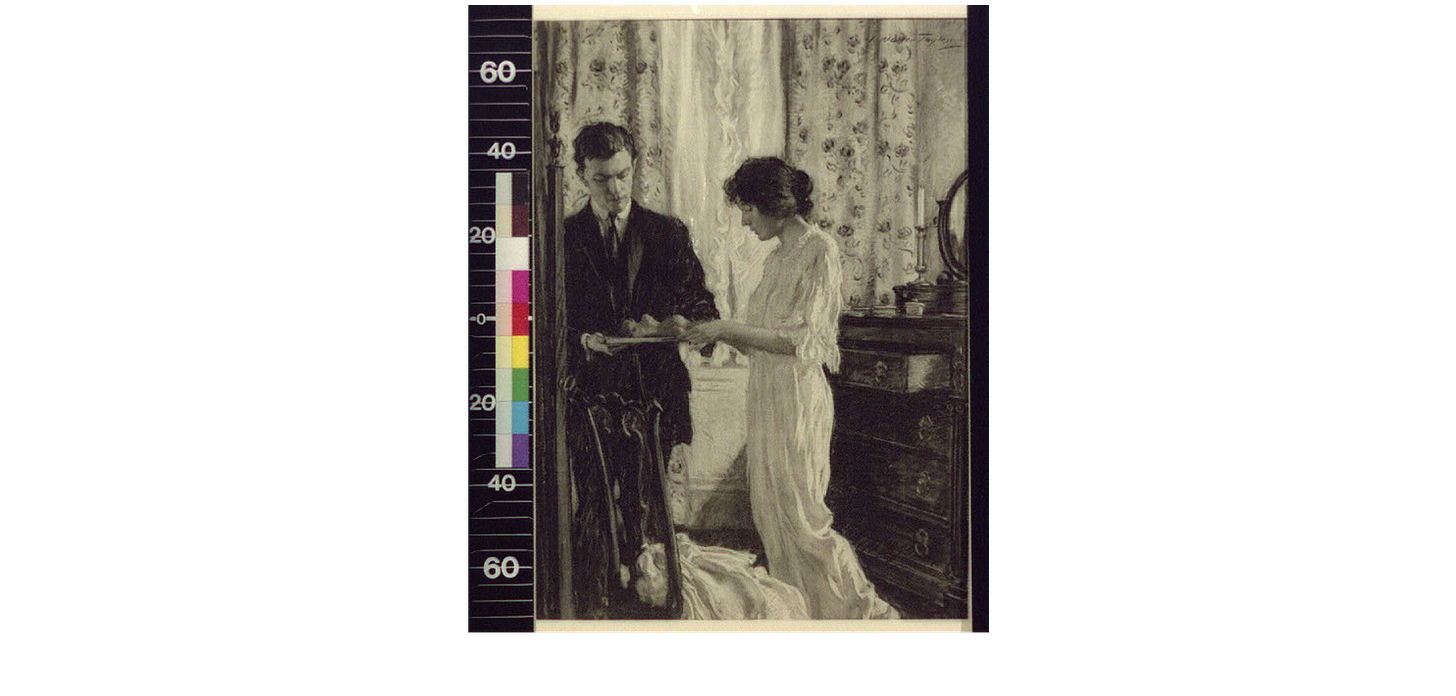The Book About Nerve Pain, Part II: Becky's Story
How my first "neuro-inflammation" client case altered the course of my career - and awareness of complex nerve pain.

(Note to readers: My sincerest apologies for the distance between posts. It’s been a busy, and at times tumultuous, summer and early fall. Now I’m back, and I hope to make it up to you. Thanks for staying tuned).
I was a practicing staff physio for only two years when Becky first hobbled through the door of the Eugene, Oregon outpatient ortho practice where I worked.
As with all new patients, I took a moment to scan her chart before retrieving her in the waiting area.
“Thirty-five year old woman…four weeks post-op ankle debridement, OK…”
Even this early in my career, the chart gives you a good idea of who and what you’re likely about to see.
But what I read hardly prepared me for the real-life Becky:
• a distraught woman, non-weightbearing and on crutches, in excruciating pain
• a month-old minor surgery, still somehow inflamed and swollen
• severe pain with any ankle range of motion
“This isn’t right”, I thought to myself.
She’d just seen her surgeon. Cultures were negative for wound infection. Her script read,
“Post-operative ankle debridement. Eval & treat for pain relief and progressive weightbearing.”
Right. 😬
Though distraught, Becky was surprisingly pleasant and helpful. We dove into her history:
• No (orthopedic mechanism). Right ankle pain for over a year. No trauma or overuse mechanism. That said, her pain came on acutely after a single episode: cleaning out a closet. She notes sitting on the floor in a walk-in closet, cleaning it out, when - after a couple hours - she began to have severe, circumferential right foot and ankle pain.
Though the pain decreased slightly the following day, it failed to fully resolve. It became painful to walk or even stand on the right leg and remained so for weeks, then months.
• No relevant clinical findings. Visits to both her primary care and orthopedic specialists failed to identify any notable pathology.
• No relevant imaging findings. MRI imaging of her right foot and ankle did note “degenerative changes” in the ankle joint, but not a significant pathology that could explain her severe pain or functional limitations.
• Unpredictable pain. As the months elapsed, her ankle pain was both highly variable and unpredictable: she would have moments of increased weightbearing (long walks or time-on-feet errands) with minimal pain, then inexplicable periods of severe pain, even at rest.
• Resistant to pain-relieving medication. Anti-inflammatory and pain-relieving injections to the ankle were ineffective, with little-to-no pain relief.
Out of options, she was then referred to a podiatrist, who opted to act upon the degenerative findings and perform a debridement procedure to the right ankle joint. The operation report was unremarkable: light debridement of mild osteoarthritic and connective tissue wear, but no signs of internal pathology. Nor was any significant repair performed.
Her surgeon had referred her to a conventional post-operative PT clinic. But her pain was too severe to make any progress with standard post-op rehab protocols. Returning to her doctor in frustration, she was then referred to us.
So here she was, a month later, with pain as severe as one might expect at one-hour post-op and without pain medications.
I chose to begin my physio career in Eugene because of outstanding mentorship. Among the key early exposures was coursework on neurogenic pain. Just months before Becky’s first visit we hosted Jack Stagge for a two-day course on neurogenic pain and neurodynamics.
Stagge was a protégé of Austrialian physio, Dr. Bob Elvey, who pioneered the existence and treatment of neurogenic limb pain. In particular, Dr. Elvey was among the first to identify neuro-inflammatory pain: the concept that an irritated, inflamed or damaged nerve can cause not only severe pain - but also inflammation and orthopedic tissue changes - anywhere along the path of the peripheral nerve.
Stagge shared a few case studies of clients with severe and unremitting limb pain. Cases with symptoms that seemed overtly orthopedic - with swelling, range of motion loss, and real tissue changes - but were impervious to orthopedic treatment, and only improved with specific neurological treatment approaches.
The front-end of Becky’s story triggered several neurogenic flags for me (which I have subsequently written extensively about.) They include:
• Pain that fails to respond to conventional (orthopedic) treatment
• Diagnostic imaging that fails to find relevant pathology
• Pain that is extremely variable or unpredictable, and disproportionate to activity level
• Pain that is, at times, difficult to palpate (unable to “feel”)
• Symptoms at rest
It was time to seek more data.
Keep reading with a 7-day free trial
Subscribe to Renegade Orthopedics to keep reading this post and get 7 days of free access to the full post archives.

